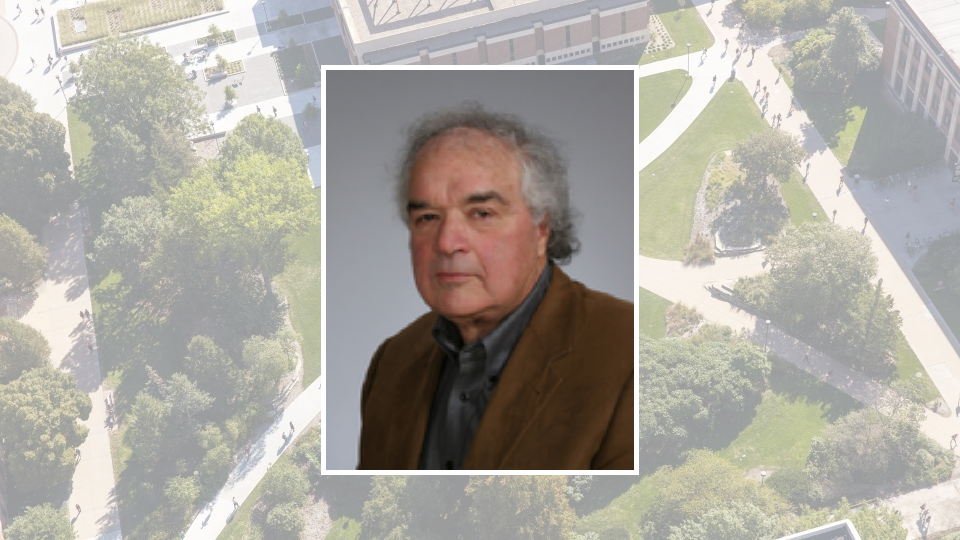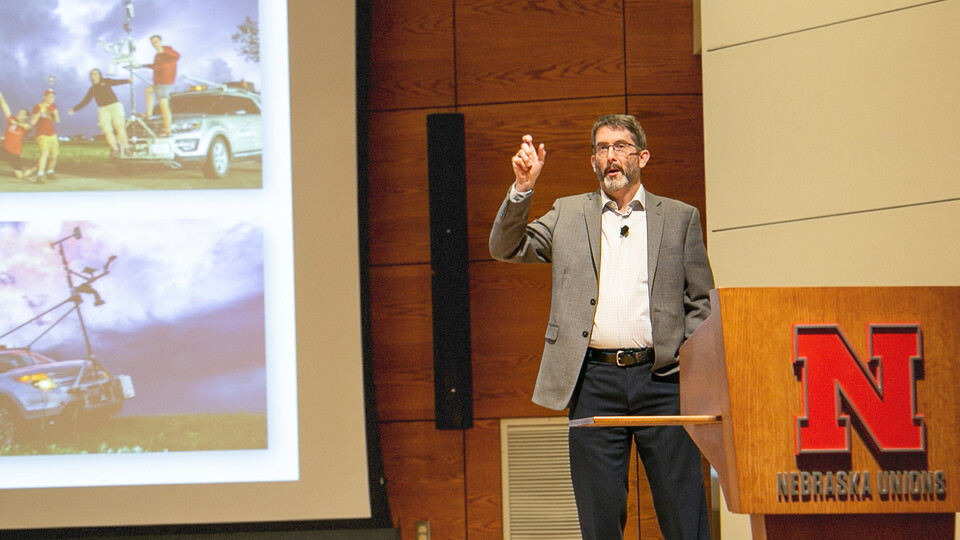
Dr. Norman D. Smith, an eminent Earth Sciences professor committed to the study of rivers and advancing science literacy, died on September 9, 2021 after a seven year battle with cancer. Internationally respected for his research and teaching, he gave generously of his time to professional and public service. He was a Fulbright Scholar, Fellow of the Geological Society of America, and Francis J. Pettijohn Medalist for his outstanding scientific contributions to sedimentary geology. He served as Editor of the Journal of Sedimentary Petrology, and headed academic departments at the Department of Geological Sciences at the University of Illinois Chicago, and the Department of Earth & Atmospheric Sciences at the University of Nebraska – Lincoln.
Norman Smith was born to Charles and Doris Smith on January 26, 1941, in the Adirondack region of northern New York State. The son of mink ranchers, he grew up an avid outdoorsman and Eagle Scout who pursued fishing, trapping, piano, and varsity sports. After graduating from Carthage High School in 1958, he earned a B.S degree in Geology from St. Lawrence University, followed by M.Sc. and Ph.D. degrees in Geological Sciences from Brown University.
His doctoral research, which identified traces of tidal-zone sedimentation in ancient Pennsylvanian rocks, launched a lifelong interest in modern sedimentary processes and their detection in the geological record. For his research he led scientific field expeditions to remote parts of Alaska, Antarctica, Botswana, Canada, Iceland, India, New Zealand, and South Africa, as well as local sites in Nebraska. He published numerous scientific articles about contemporary and ancient river systems, as well as glacial depositional environments. He was an authority on river avulsions (rapid course changes), dedicating more than three decades of field study to a catastrophic avulsion on the Saskatchewan River Delta, Canada, the effects of which are still ongoing. Among other discoveries, he found that dam-induced sediment starvation is enlarging its main river channel, jeopardizing the current distribution of surrounding wetlands. He advised the mining industry on placer gold deposits in South Africa and South America; and conservation, government, and hydropower stakeholders about environmental conditions in Canada. He forged particularly close ties to the Metis community of Cumberland House, Saskatchewan, working tirelessly to educate local residents and policymakers about the critical importance of Saskatchewan's wetlands to its people and the broader North American ecology.
As Chair, he oversaw a reorganization of the UNL Department of Earth & Atmospheric Sciences, and educated the general public about the dangers of subverting science education standards. For over two decades he led Nebraska Citizens for Science, a non-profit educational organization dedicated to advancing science literacy in the state. A gruff champion of science and women in science, he was admired for his fairness, kindness, good humor and humility.

